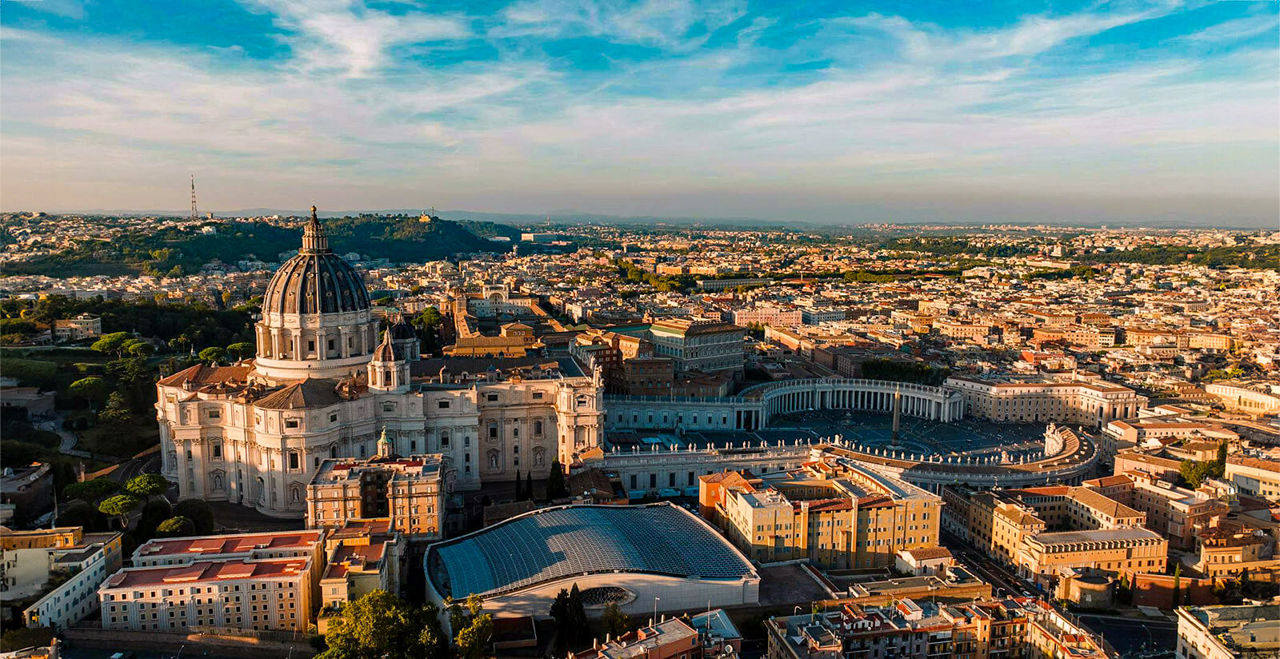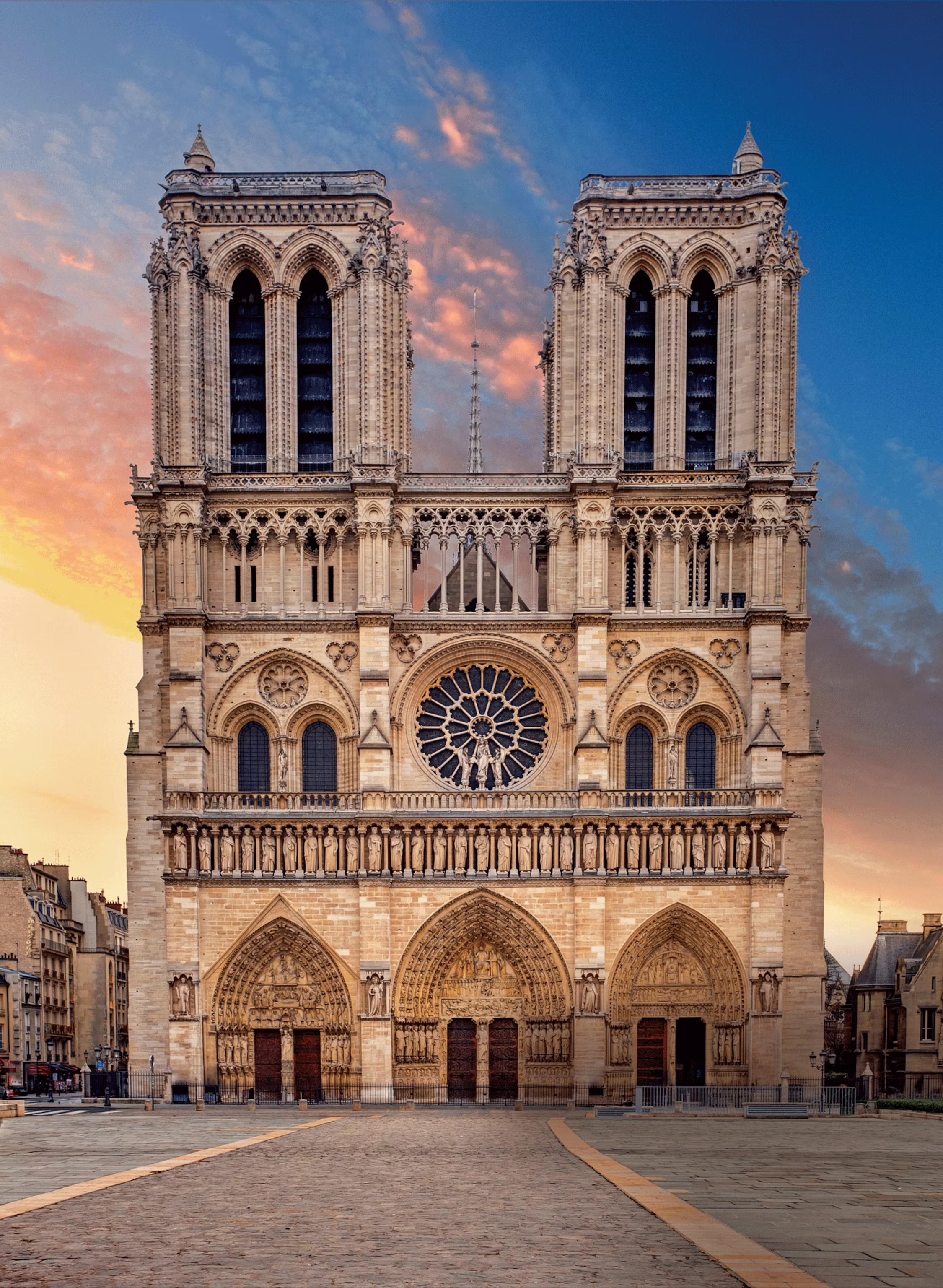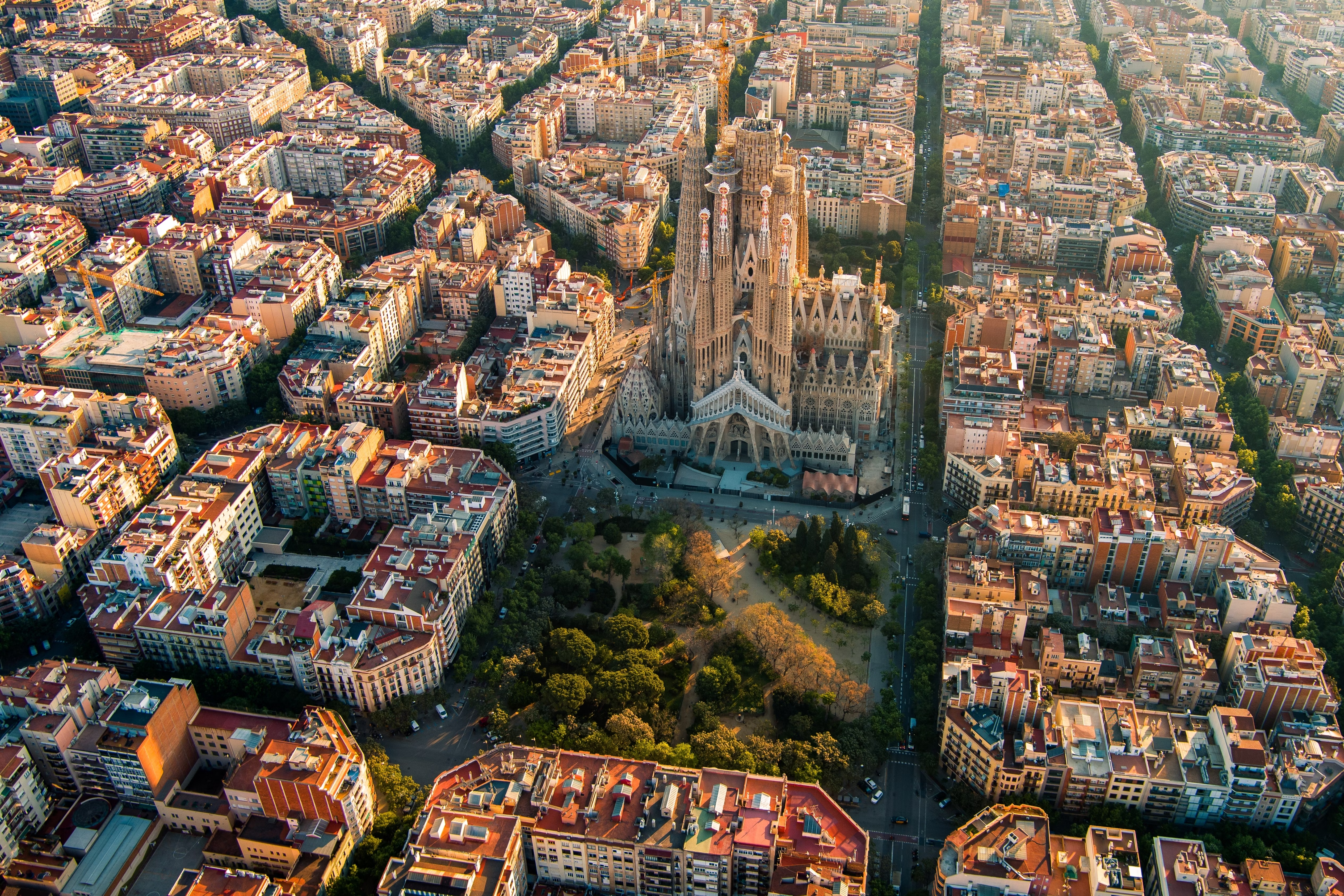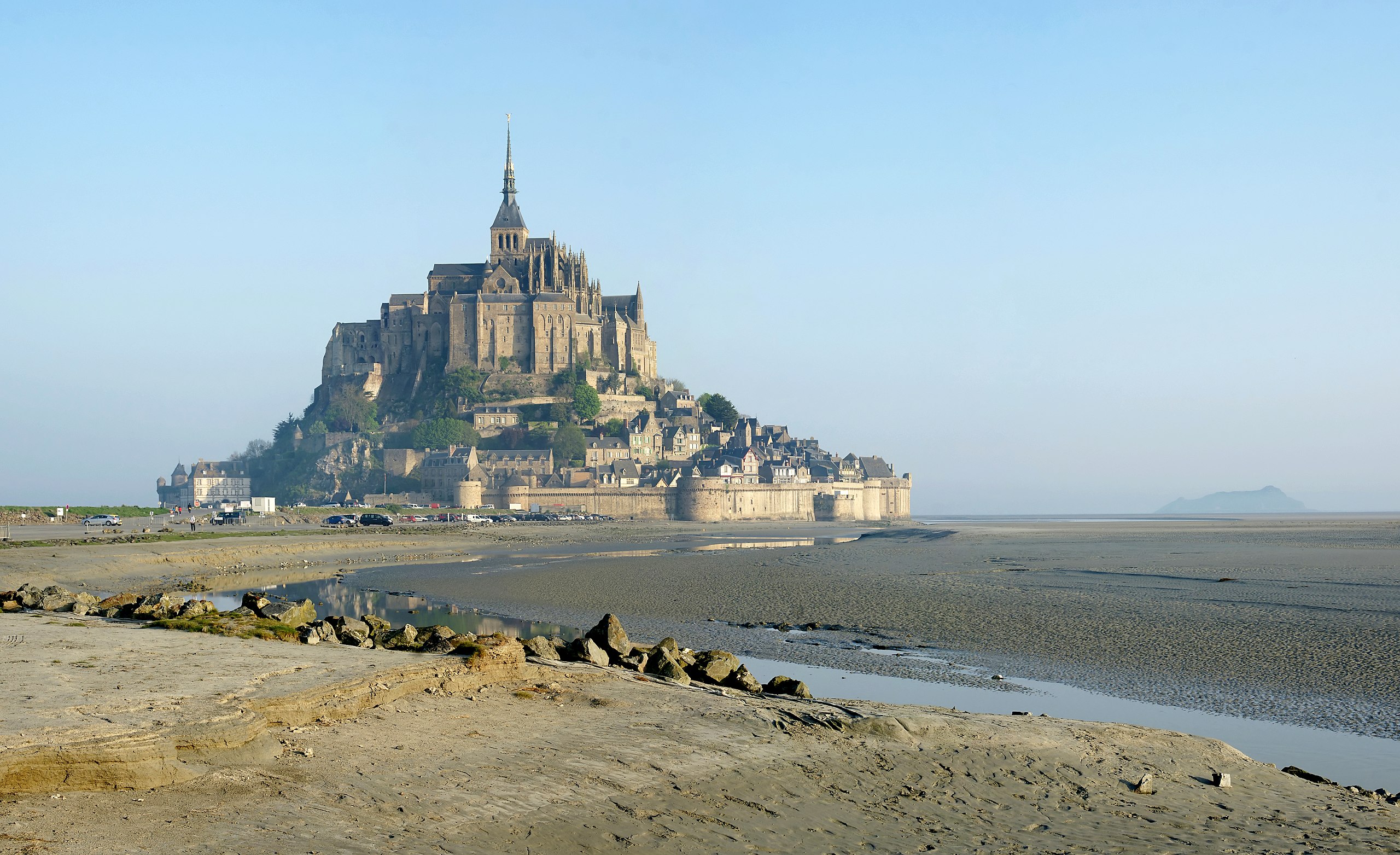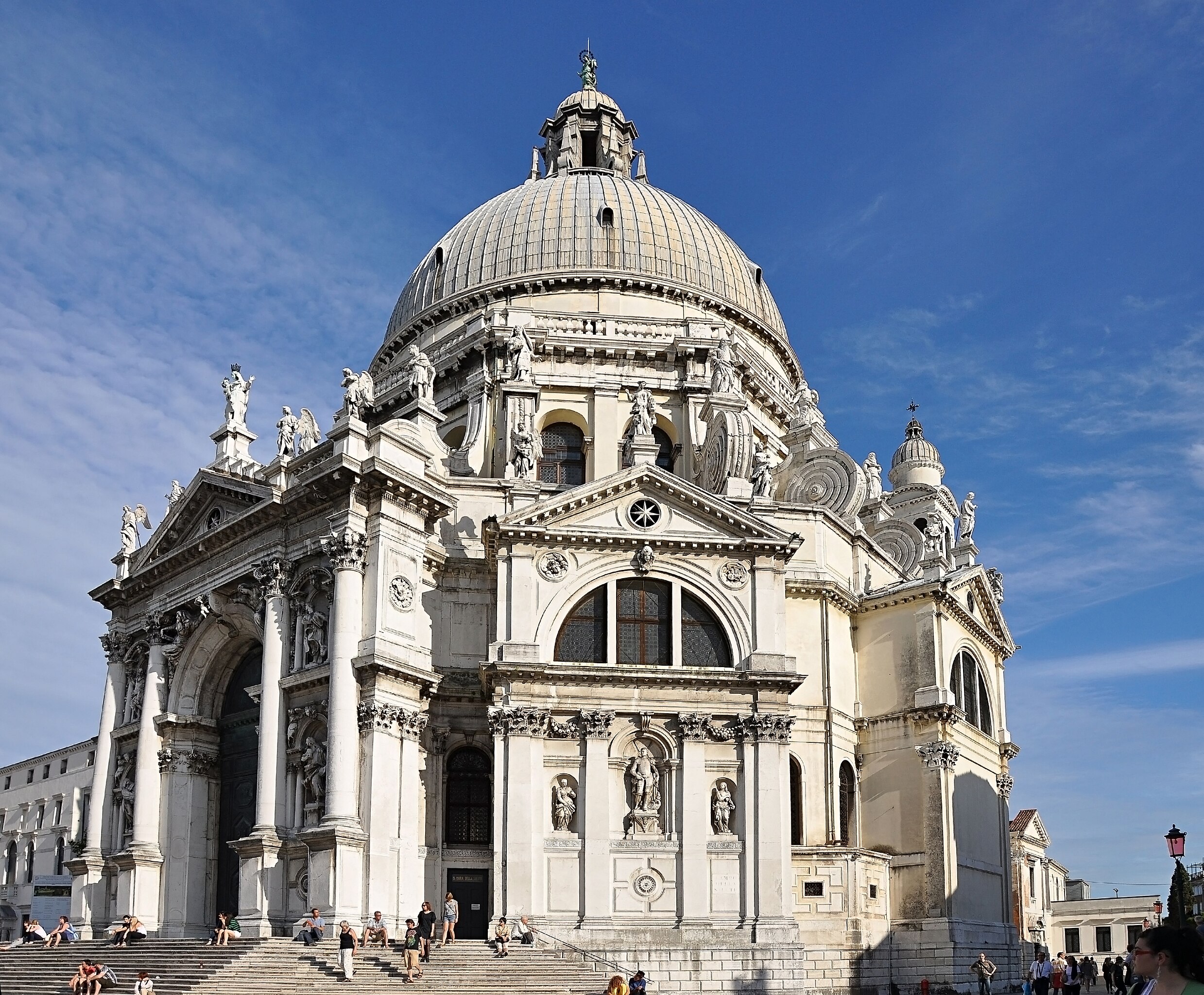
Santa Maria della Salute
A magnificent octagonal church built as a votive offering for the city's deliverance from the plague. Standing at the entrance to the Grand Canal, it's one of Venice's most iconic landmarks, featuring a massive dome that dominates the skyline.
Historical Context
Santa Maria della Salute was constructed during the baroque period, specifically between 1631-1687. This era was characterized by significant developments in architectural techniques and religious expression.
The construction was commissioned by local religious authorities and took place during a time of the Counter-Reformation and Catholic Church's response to Protestantism. The building has survived through centuries of history, witnessing the Renaissance, political unification of Italy, and World Wars.
Over the centuries, Santa Maria della Salute has undergone several renovations and restorations, each adding to its historical significance while preserving its original character and purpose.
